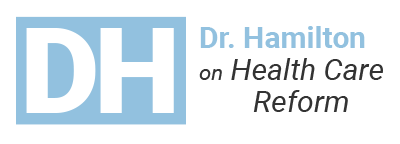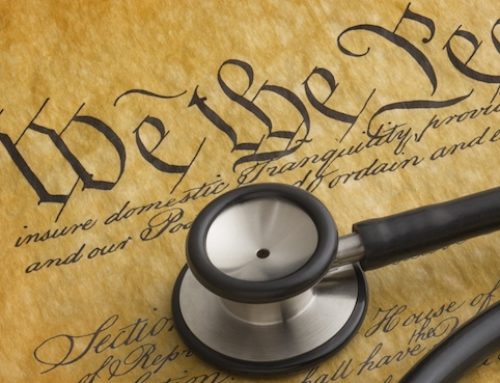 Although many of the systemic changes we have seen in health care have helped suppress market forces, there is one glaring exception, Consumer-Driven Health Care, consisting of Health Savings Accounts (HSAs), Health Reimbursements Arrangements (HRAs), Flexible Spending Accounts (FSAs) and Medicare Savings Accounts (will not be discussed in this article).
Although many of the systemic changes we have seen in health care have helped suppress market forces, there is one glaring exception, Consumer-Driven Health Care, consisting of Health Savings Accounts (HSAs), Health Reimbursements Arrangements (HRAs), Flexible Spending Accounts (FSAs) and Medicare Savings Accounts (will not be discussed in this article).
Medical Savings Accounts originated in Singapore in 1984. They became available in the U.S. as Archer Medical Savings Accounts in 1996. Senator Ted Kennedy insisted the number of MSAs be limited to 750,000, which was a disincentive for many of the insurance companies to develop and launch an entirely new program for such a limited market.
Nevertheless, HSAs were authorized under federal law in December 2003. The HSA is a bank account owned by the employee, which must be backed by a qualified high deductible insurance plan. Contributions to the account, withdrawals from the account for health care, and interest earned in the roll-over account are all tax-free. Federal law sets the limit for an annual contribution to the account, the minimum insurance policy deductible, and the maximum out-of-pocket expense. These change yearly. Contributions can be made by family or non-relatives. HSA funds cannot be used to pay for insurance premiums.
The maximum HSA annual contribution is $3500 for an individual and $7,000 for a family. Maximum HSA out-of-pocket expense is $6,750 for an individual and $13,500 for a family.
ObamaCare exchanges disallow most HSA plans because of differences in deductibles and covered illnesses – interesting because the minimum HSA plan deductible is $1,350 for individuals and $2,700 for families. Average deductibles for Bronze and Silver plans under ObamaCare Exchanges are $12,000 and $14,000 respectively. Not surprisingly, this has slowed the growth of HSAs.
Nevertheless, growth and effectiveness of HSAs have been phenomenal. According to John Goodman of the Goodman Institute, the acknowledged Father of HSAs, “25 million Americans [are} covered by an HSA plan and account balances total $50 billion”. The growth rate has been faster than IRAs, 401Ks and managed care. Dr. Goodman agrees with William Stuart that HSAs are the best savings accounts available.
A similar number are covered by HRAs, which were created by the George W. Bush administration. HRAs are agreements between employer and employee to pay for the cost of medical treatments and insurance, tax-free, up to a negotiated amount. Employers own the accounts, which makes them more useful for small businesses, but also provides less incentive for employees to be cost-conscious. HRAs are non-transferable between jobs.
FSAs are accounts owned by the employer to be used to pay for employee’s health care expenses. Employers keep any unspent funds. FSAs provide little incentive for cost consciousness, hence the designation “Use It or Lose It”.
The choices offered by HSAs change patient behavior, save money and improve patient health. This had been well demonstrated prior to the implementation of ObamaCare in studies performed by Cigna, United Health Care, and the Rand Corporation. Patients are able to choose insurance programs that are appropriate and eliminate stringent, unnecessary coverage requirements. Patients with common chronic ailments spend more money on outpatient testing and medication, but much less on expensive hospitalization. The appeal and effectiveness of HSAs apply to patients of all income levels.
The Trump administration has sought to reduce costs and increase transparency and enacted the final HRA rule by which patients can use HRA funds to buy insurance plans in the individual market. The final rule will increase health insurance options for an estimated 800,000 businesses and 11,000,000 individuals.
Congress needs to pass similar legislation to prevent subsequent administrations from reversing these gains. Lastly, Congress needs to double the maximum HSA contribution and make more insurance plans compatible with HSAs, as proposed to Congress in the Health Care Choices Proposal by the Health Policy Consensus Group.





